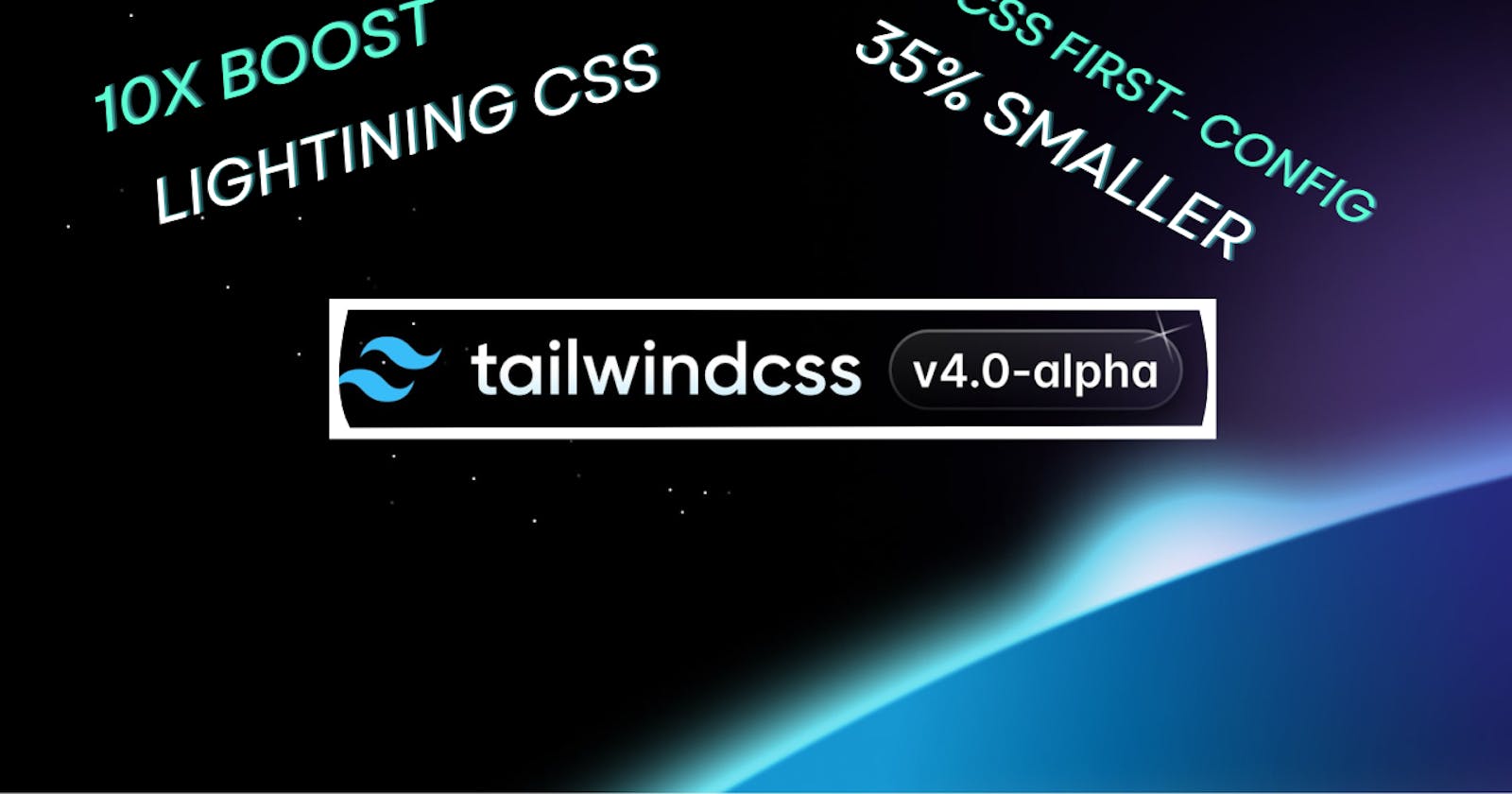NEW!! Power of Tailwind CSS Version 4: An introductory Guide
Supercharge your front end with tailwindcss version 4 ⏩ #TailwindCSSVersion4Guide #CheckTailwindVersion #UseTailwindNextJS
At Tailwind Connect, Adam shared a sneak peek into the highly anticipated Tailwind CSS Version 4, introducing Oxide, a groundbreaking high-performance engine designed to revolutionize the developer experience. In this article, we will now explore the key features and improvements showcased in the recently released v4.0.0-alpha and understand how it positions itself as a new generation of the popular CSS framework.
A High-Performance Engine Built for Speed:
Oxide, the new engine powering Tailwind CSS Version 4, is a ground-up rewrite aimed at simplifying the developer experience and harnessing the advancements in the web platform. Impressively, it boasts a performance boost of up to 10x, significantly reducing build times for projects. The engine is over 35% smaller in size, incorporating Rust for the most resource-intensive parts while retaining the core in TypeScript for extensibility.
Unified Toolchain for Seamless Processing:
Tailwind CSS v4 introduces a unified toolchain, transforming from a mere plugin to an all-in-one tool for processing CSS. Lightning CSS is now seamlessly integrated, eliminating the need for configuring external tools like postcss-import and autoprefixer. The framework also handles syntax transformations for modern CSS features, ensuring better browser support.
Designed for the Modern Web:
Tailwind CSS Version 4 embraces the future of web development with features like native cascade layers, explicitly defined custom properties using @property, and enhanced support for color-mix for opacity modifiers. The framework now includes container queries in its core, providing a forward-looking approach to responsive design.
Composable Variants and Improved Composition:
The new architecture in Tailwind CSS v4 enables composable variants, allowing developers to combine different selectors like group-*, peer-*, has-*, and the newly introduced not-* variant. This enhanced composition opens up endless possibilities for tailoring styles based on complex conditions.
Zero-Configuration Content Detection:
Tailwind CSS v4 simplifies content detection by automatically finding template files within your project. This approach, based on heuristics and Vite's module graph, streamlines the development process, reducing the need for explicit configuration of content paths.
CSS-First Configuration:
A major shift in v4.0 is the move towards a CSS-first configuration. Instead of using JavaScript files for customization, Tailwind CSS now utilizes CSS variables for theme configuration. The framework feels more native to CSS, offering a cleaner and more intuitive customization experience.
Roadmap to v4.0:
While v4.0 is currently in alpha, the roadmap outlines plans for ensuring backwards compatibility, support for JavaScript configuration files, explicit content path configuration, dark mode enhancements, plugins, custom utilities, prefix support, safelists/blocklists, important configuration, theme() function support, and the development of a standalone CLI.
To check your Tailwind version, use the command npx tailwindcss -v in your terminal.
In wrap up, Tailwind CSS Version 4 in your project marks a significant leap forward in front end development, introducing a powerful engine, unified toolchain, and forward-looking features ensuring more efficient and enjoyable development experience.
